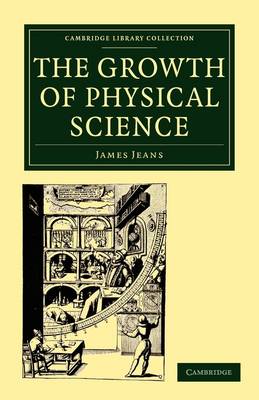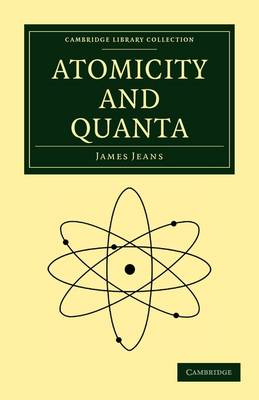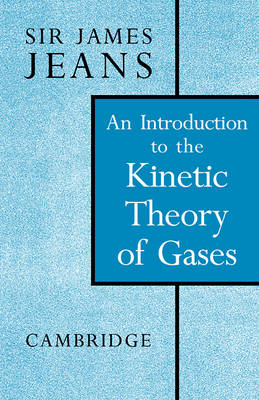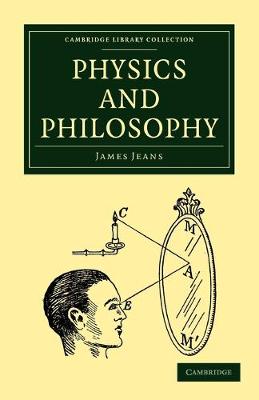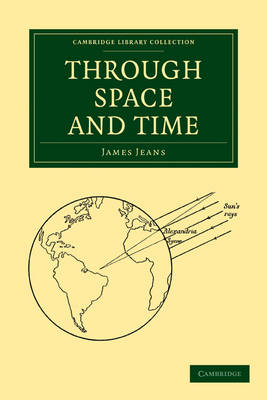Cambridge Library Collection - Physical Sciences
7 total works
Published in 1934 as a second edition to James Jeans' popular work on the general understanding of the physical universe, The New Background of Science took advantage of a comparatively 'quiescent' period in physical investigation when fundamental theories and findings gained wide acceptance. Jeans' aim in writing this book was to depict this 'situation in broad outline and in the simplest possible terms. I have drawn my picture against a roughly sketched background of rudimentary philosophy... because I believe, in common with most scientific workers, that without a background of this kind we can neither see our new knowledge as a consistent whole, nor appreciate its significance to the full.'
The Growth of Physical Science is a detailed but very accessible survey of what began as natural philosophy and culminated in the mid-twentieth century as quantum physical science. From the earliest physical investigations of nature made by the various civiliSations of Babylonia, Phoenicia and Egypt (a period covering 5000–600 BC), through the remarkable mathematical and philosophical achievements of the ancient Greeks, to the ages of Newton and then Einstein, Rutherford and Bohr, Jeans has written a comprehensive history of this tremendous advancement in our understanding of the universe, one that will appeal to a broad range readers interested in this subject.
This is the full text of James Jeans's Rouse Ball Lecture given in 1925 at Cambridge University, and surveys the field of atomic and subatomic physics in the early days of quantum mechanics, with a brief historical perspective on measurement.
This book can be described as a student's edition of the author's Dynamical Theory of Gases. It is written, however, with the needs of the student of physics and physical chemistry in mind, and those parts of which the interest was mainly mathematical have been discarded. This does not mean that the book contains no serious mathematical discussion; the discussion in particular of the distribution law is quite detailed; but in the main the mathematics is concerned with the discussion of particular phenomena rather than with the discussion of fundamentals.
Originally published in 1942, this book discusses an emerging physical science that brought with it a fresh message as to the fundamental nature of the world, and of the possibilities of human free will in particular. The aim of the book is to explore that territory, which forms a borderland between physics and philosophy. The author seeks to estimate the philosophical significance of physical developments, and the interest of his enquiry extends far beyond technical physics and philosophy. Some of the questions raised touch everyday human life closely: can we have knowledge of the world outside us other than that what we can gain by observation and experiment? Is the world spiritual and psychological or material in its ultimate essence; is it better likened to a thought or to a machine? Are we endowed with free will, or are we part of a vast machine that must follow its course until it finally runs down?
Through Space and Time is based upon the 1933 Christmas Lectures that James Jeans gave at the Royal Institution, London. Intended to appeal to a wide readership and presenting a broad understanding of the Earth, solar system and the universe, the book begins its journey with the history, structure and main features of our planet, and ends in the vast expanses of space among the nebulae.
Originating from the Rede Lecture delivered at the University of Cambridge in November 1930, this book is based upon the conviction that the teachings and findings of astronomy and physical science are destined to produce an immense change on our outlook on the universe as a whole, and on views about the significance of human life. The author contends that the questions at issue are ultimately one for philosophical discussion, but that before philosophers can speak, science should present ascertained facts and provisional hypotheses. The book is therefore written with these thoughts in mind while broadly presenting the fundamental physical ideas and findings relevant for a wider philosophical inquiry.

